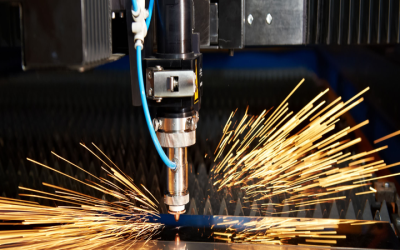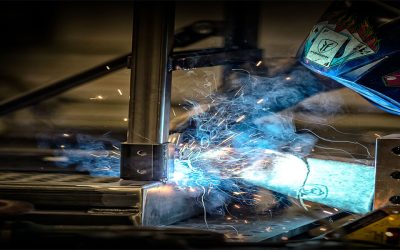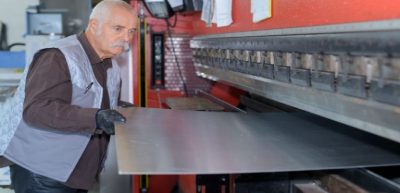The zinc-nickel plating process involves two parts. It needs an electrical current to apply Zinc-Nickel onto the part’s surface, followed by a chromate conversion coating that safeguards the layer of zinc-nickel. Zinc-nickel has become the selection finish for most industries with high-performance and high-corrosion needs. It is a quickly growing segment of the electroplating market, quadrupling in usage in the last five years. The alloy has multiple properties that appeal to manufacturers in the automotive, casting, fastener and heavy equipment industries. Also, it is been utilized in the defense industry as a possible replacement for cadmium.
Benefits of Zinc-Nickel
Zinc-nickel has a Vickers hardness of 400 to 500 HV since handling and assembly can be dangerous for softer coating like zinc flake and zinc. The combination of zinc-nickel hardness and general corrosion protection makes the alloy deposit perfect for components and fasteners that need further assembly and handling.
Another advantage of the zinc-nickel alloy deposit is its general resistance to heat. Most industry specs need baking, and the deposit can withstand temperatures exceeding 200 degrees for at least four hours while still attaining 800 hours of neutral salt spray, preventing the first red rust.
Several vital operational factors must be considered when operating an acid zinc-nickel plating process. When not utilized, anodes should be removed and cleaned before reusing. Conventional technology systems also need dual rectifiers and anodes, leading to additional expenses and maintenance. Modern systems can run on a single rectifier with certain adjustments to the anode ratio.


